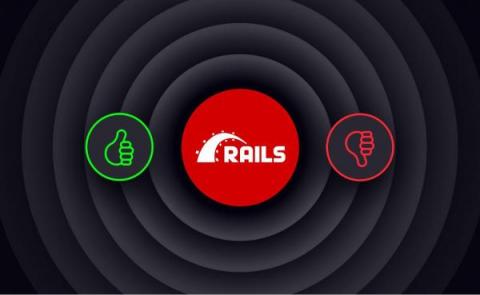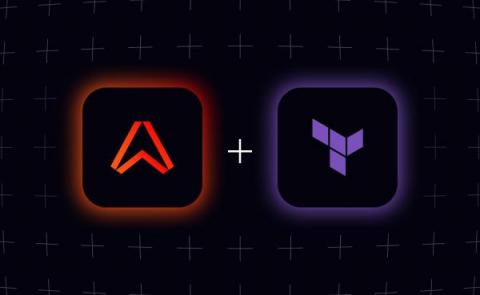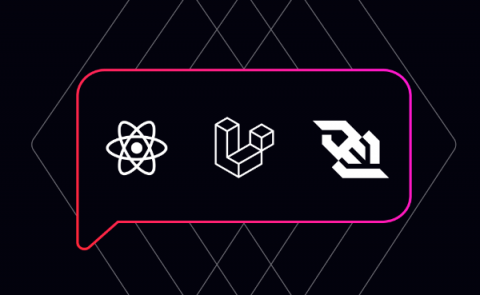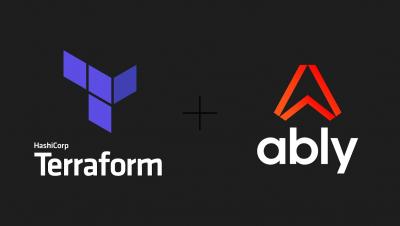WebSockets vs Server-Sent Events: Key differences and which to use
WebSockets and Server-Sent Events are commonly used in realtime applications where quick and efficient data transfer is a critical requirement. The expectations of realtime experiences in applications has only grown with time, with improving technology and understanding of what is possible. This article compares two popular realtime protocols — the WebSockets and Server-Sent Event APIs. Below you’ll learn what each is capable of, their pros and cons, and when to use them.











